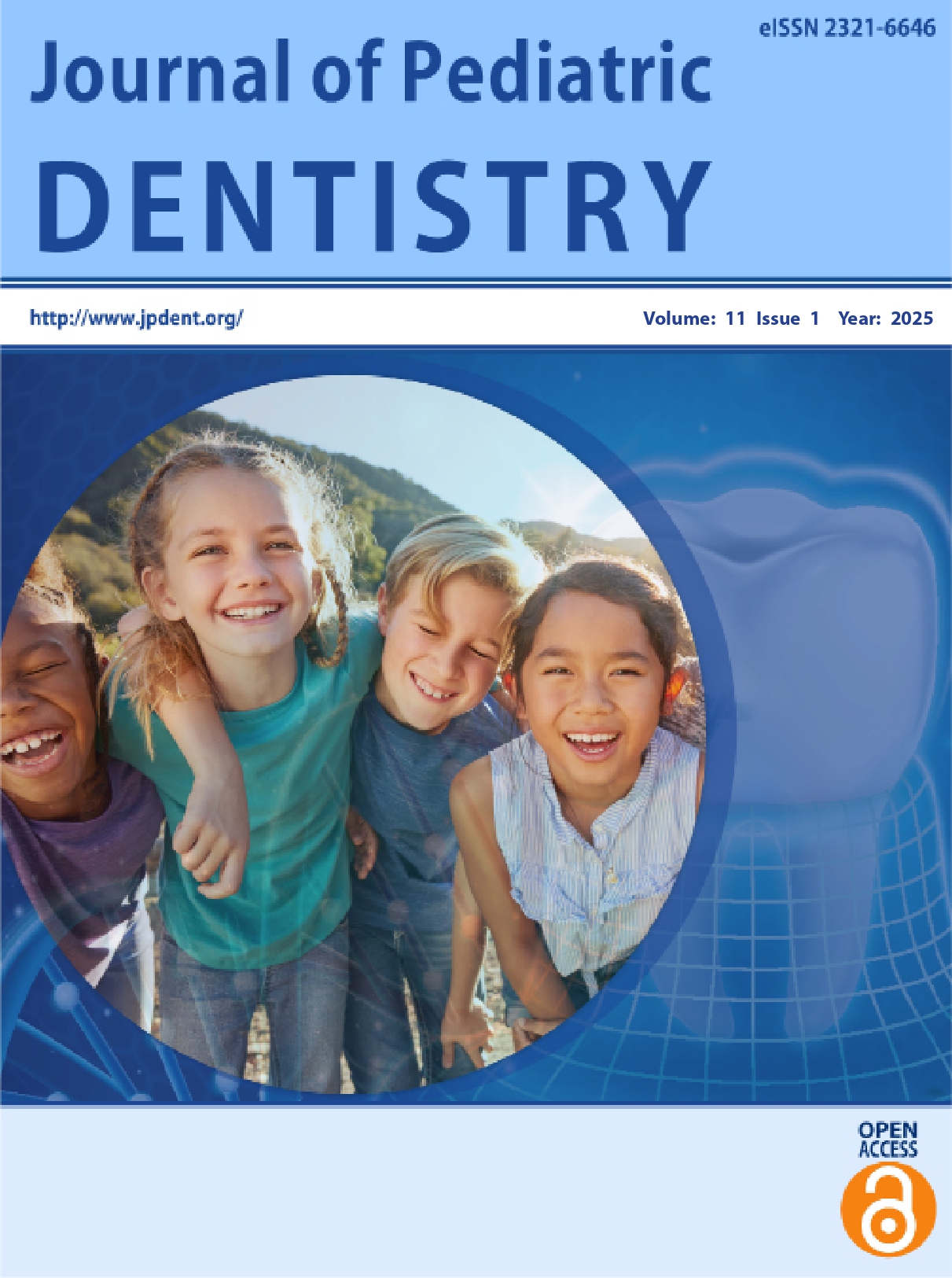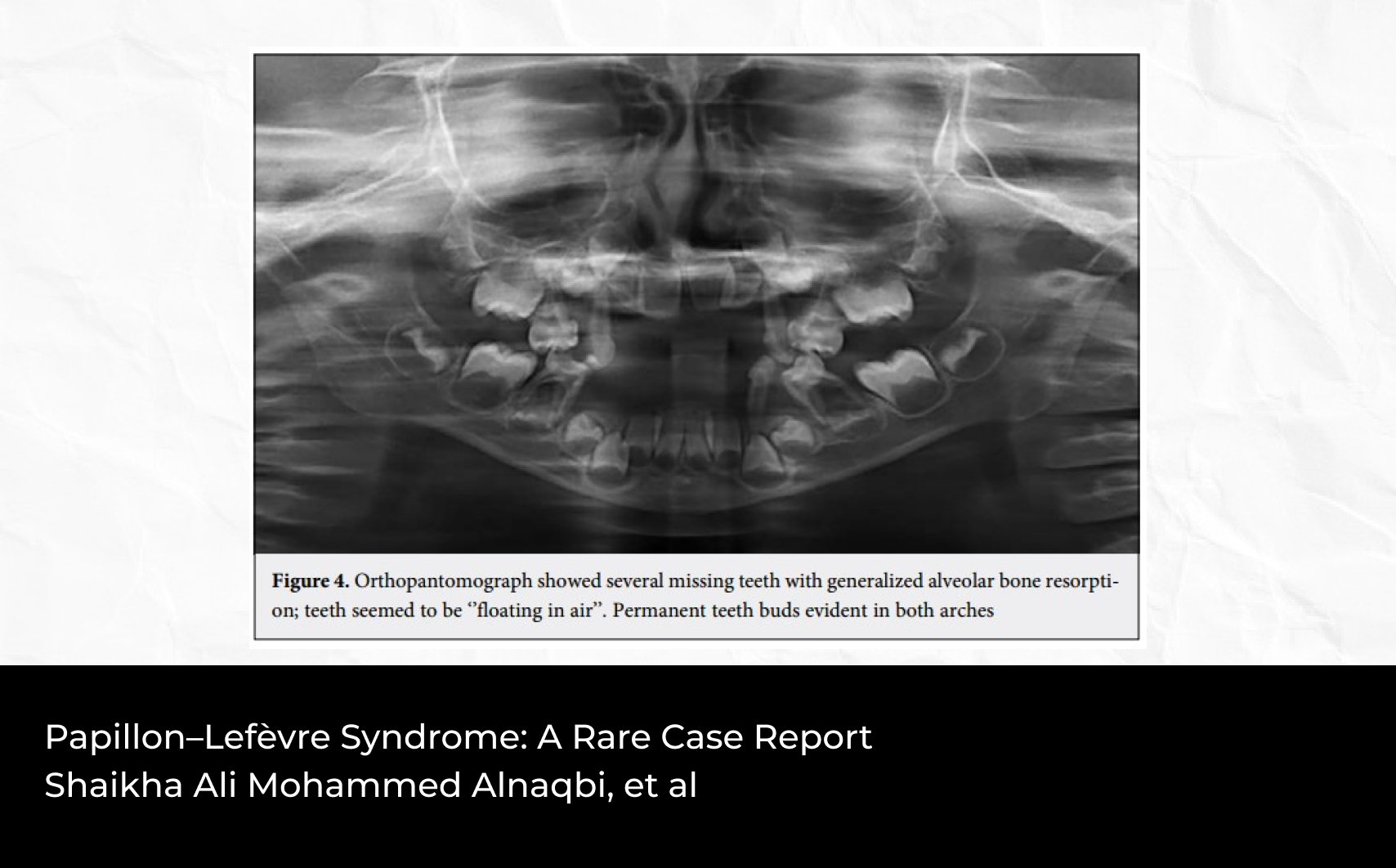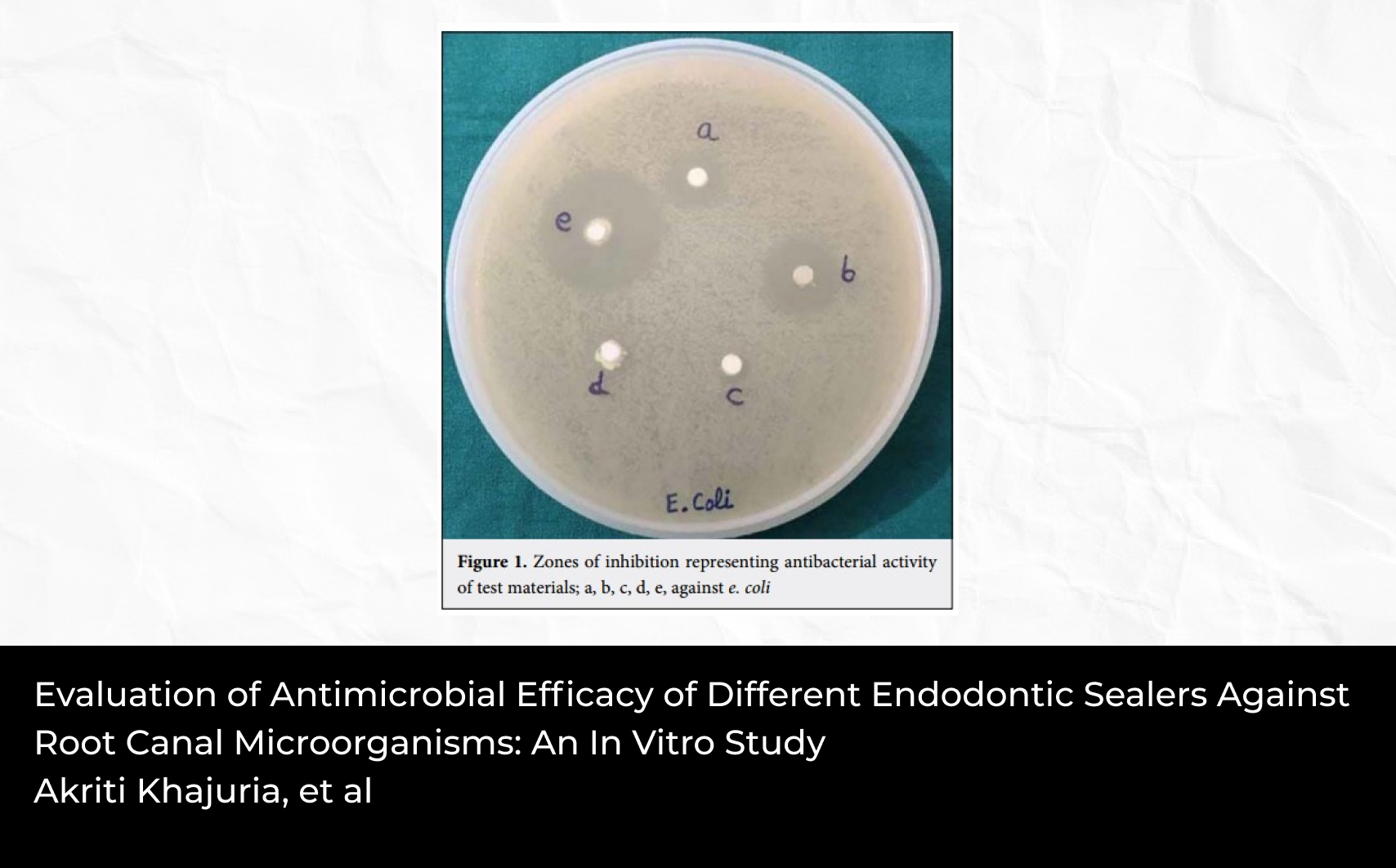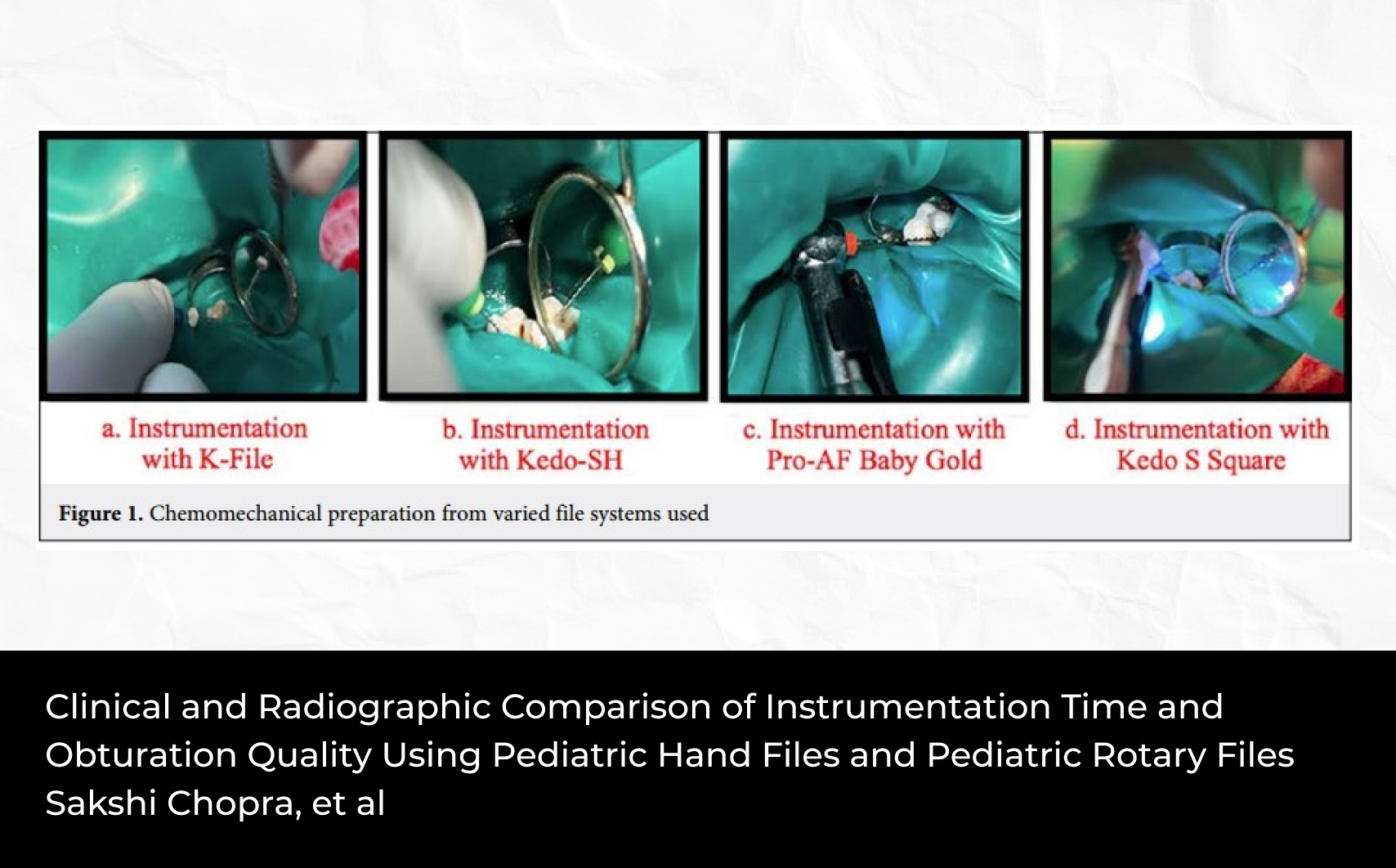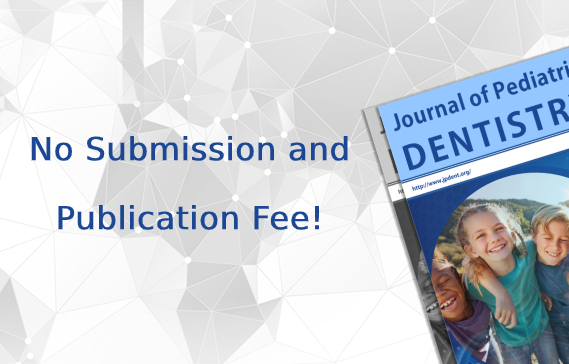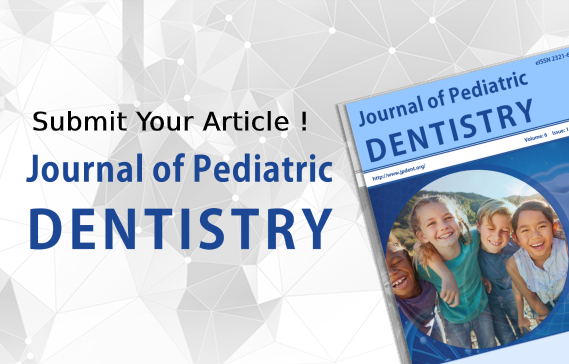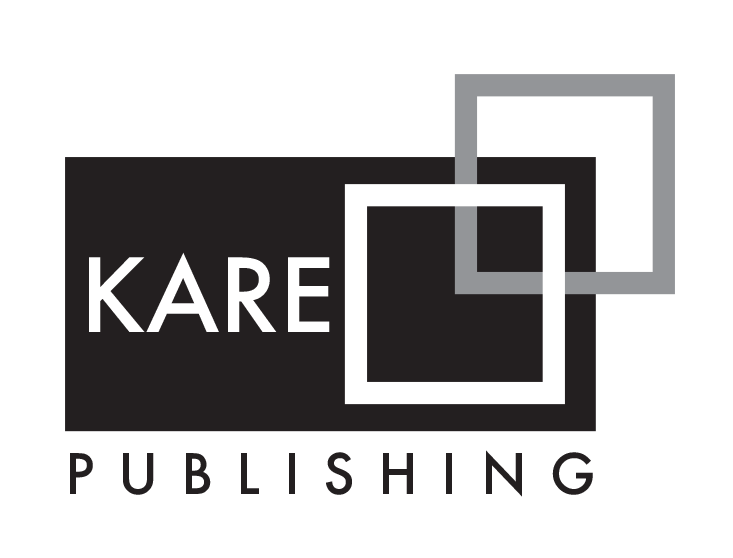Abstract
The aim of this pilot study was to evaluate the plaque removal effi ciency of a chewable toothbrush (CB) in children. A total of 20 patients aged 10-12 years who attended to the Department of Pediatric Dentistry were enrolled in the study. This was a single-blinded crossover study which examined plaque removal effi ciency of a CB compared to a manual toothbrush (MB) following a consecutive use. After professional prophylaxis had been given, participants refrained from brushing and chewing for 48 h. Supragingival plaque was examined using the Turesky modification of the Quigley-Hein Index (TQHI) and the simplifi ed oral hygiene index (OHI-S). For statistical comparison, the difference (prebrushing minus postbrushing) in average scores was calculated. Data were evaluated by Mann-Whitney U-test, with a P < 0.05 considered to be statistically significant. The mean plaque reduction score with TQHI for CB and MB were 1.91 ± 0.54 and 1.96 ± 0.52, respectively. The mean plaque reduction score with OHI-S for CB and MB were 1.31 ± 0.288 and 1.34 ± 0.403, respectively. Differences in scores between the two brushes were not statistically significant (P > 0.05). Within the limits of this study, the experimental chewable brush was found to be as effective as a manual brush in removing plaque. The chewable brush may be an appropriate oral hygiene adjunct for school children, including children with disabilities.

